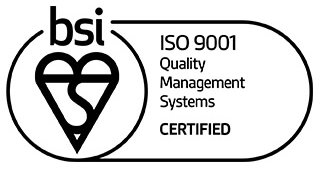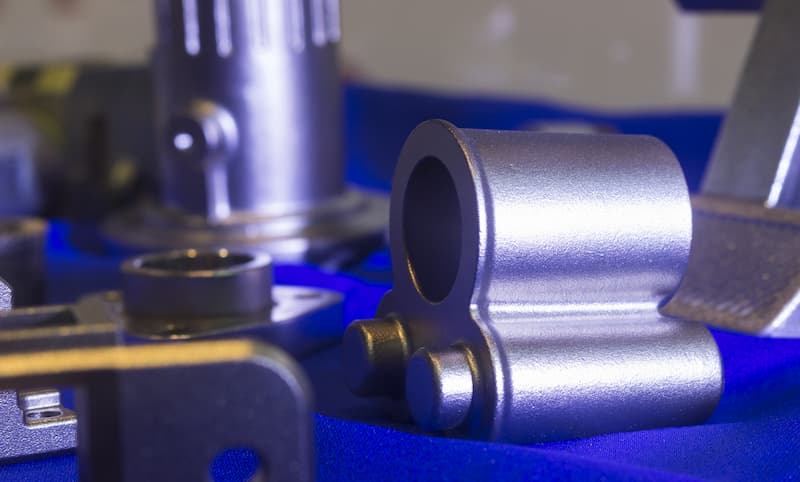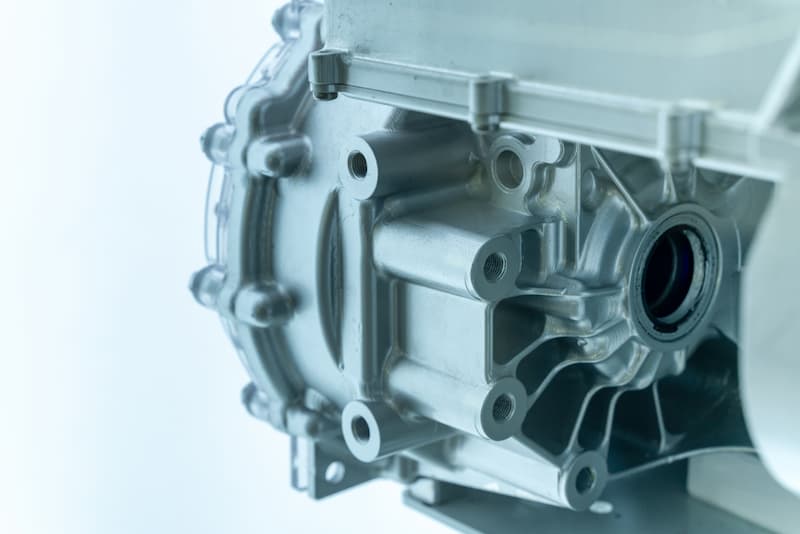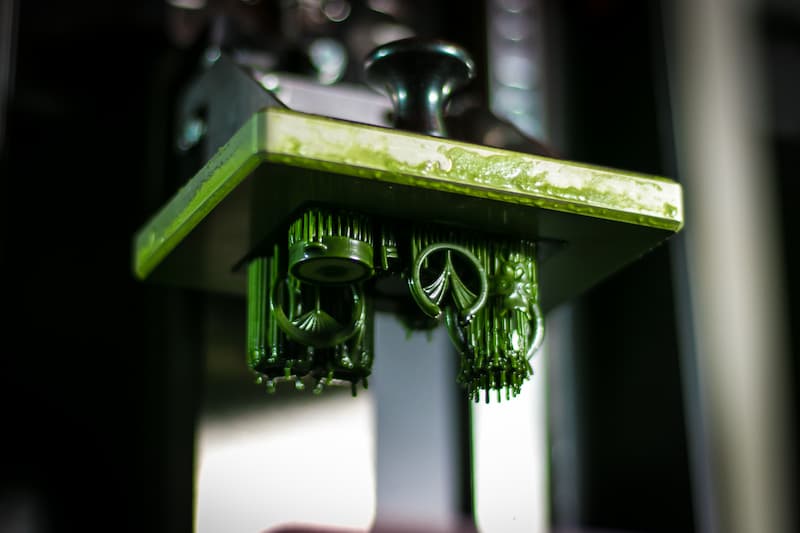What Is Industrial Design Prototyping?
Creating machinery components in the modern era is a complex process that demands high quality and accuracy to ensure that a company's investment is not lost. This required fidelity is not limited to the final components or the eventual application they need. Required industrial equipment for the continued creation of these parts also relies on a high level of precision to meet the exacting requirements of modern manufacturing.
Committing to a design without creating a prototype is a risky choice that will often lead to problems later. Therefore prototyping is widespread in many industries and is especially beneficial for developing industrial designs.
What Is a Prototype?
A prototype is a viable design realised as a three-dimensional (3D) model. Prototypes provide invaluable assurance of the method you wish to pursue. Although initial plans will usually be confined to two-dimensional (2D) drawings or simulated digital approximations, prototyping these designs into physical items, you can examine, and the test is a vital subsequent step before total production.
Usually reserved as a later stage of the design process, a prototype can give the concluding information you need to ensure that your final product will meet the exact specifications you require. Prototypes can be made from various materials depending on the design being conceived. For example, lost wax casting processes can use carbon steel for aerospace or medical industries or copper-based alloys for marine and plumbing prototypes.
Why Is Prototyping Essential?
Almost all developments within the industry are prototyped beforehand to ensure a high-quality level and produce results that can be relied upon. In addition, these prototypes can be assessed and tested against their intended uses, providing a clear picture of what future designs will offer.
Many prototypes can be developed over various design stages, from rough conceptions of a basic depiction to samples of finished products. This concept has been achieved through several means in the past, but all methods have the same goal of visualising an idea as a physical item. For example, rapid casting prototyping is a widespread solution for visualising new designs for industrial products and components for larger applications.
Prototyping is also an essential step to securing the patent of your design. Patents for your creations will require you to be able to explain their features and specifications fully. Whilst you can attempt this while your idea is still in the early design phase, a realised working prototype will significantly secure your patent. Successful patents acquired before the prototyping stage will need to be revised depending on any changes you may need to make for your design.
Industrial design prototyping is also beneficial for sharing your plans with colleagues or investors. Industrial inventions will need significant funding to achieve, whether it's the company investing in an idea or other interested parties. Having a physical prototype of your vision will provide your audience with increased confidence in issuing the funding for the eventual production of many more.
Investment Casting For Industrial Design Prototyping
Investment casting, also known as lost wax casting, is a cost-effective method for producing accurate prototypes of intricate metal components. At Dean Group, we specialise in providing the highest quality investment castings for many applications and have significantly improved the traditional methods of lost wax casting, such as our innovative 3D printing lost wax casting process.
Investment castings involve using a detailed wax pattern produced from a master tool coated with a layer of refractory ceramic slurry to make a solid shell. Once this is achieved, the wax pattern is melted away, and molten metal is invested into the shell interior. When this metal has cooled, the shell is removed, leaving just the prototyped part behind. The initial wax pattern is developed with a combination of 3D CAD designs and industrial 3D printers to speed up the process immensely.
Lost wax casting is excellent for smaller, more intricate parts as it produces a higher degree of precision whilst maintaining flexibility in designs. This process usually doesn't require much secondary processing as it provides a superior surface finish compared to alternative casting methods. Components that have been investment cast this way will result in tighter tolerances and reduced costs.
3D Printing for Rapid Prototyping
As mentioned, we use efficient 3D printing technologies to create our initial wax patterns when prototyping. This system embraces the considerable benefits of 3D CAD designs and uses it to create the wax pattern far quicker. This has the added benefit of significantly reducing turnarounds to a matter of weeks and reducing costs considerably.
The wax design can be printed in layers using Thermojet technology instructed by the supplied 3D CAD design. This is part of the rapid prototyping service we provide, which enables us to deliver functionally identical castings to hard-tooled alternatives without needing to commit to the expense.
Investment casting is an essential part of our operations at Dean Group. With over 48 years of experience, you can feel confident that we will assist you every step of the way, from design conception to 3D CAD designs and casting simulation.
We can provide a broad range of manufacturing processes such as investment casting, rapid prototyping, 3D printing and die castings to ensure that each client gets an exact representation of their intended prototype. Contact us to discuss how we can assist your product development.
Registered in England VAT No: 146307478 Company Registration No: 1062820








